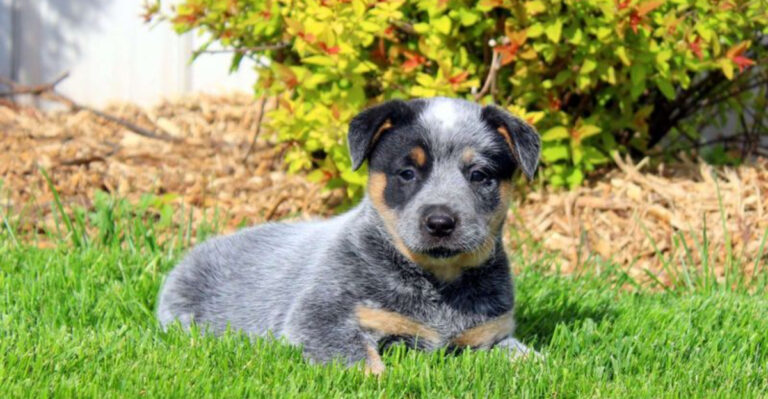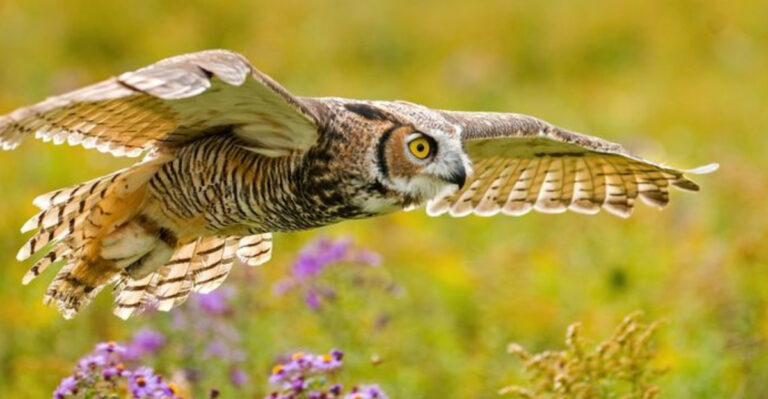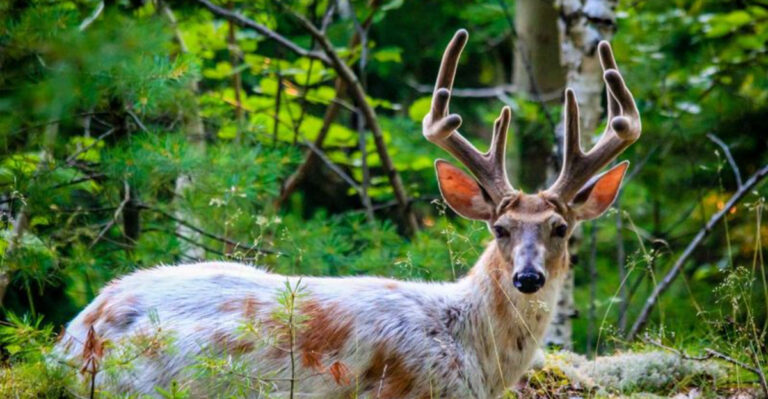8 Ways To Tell If Your Horse Is Left-Hoofed Or Right-Hoofed
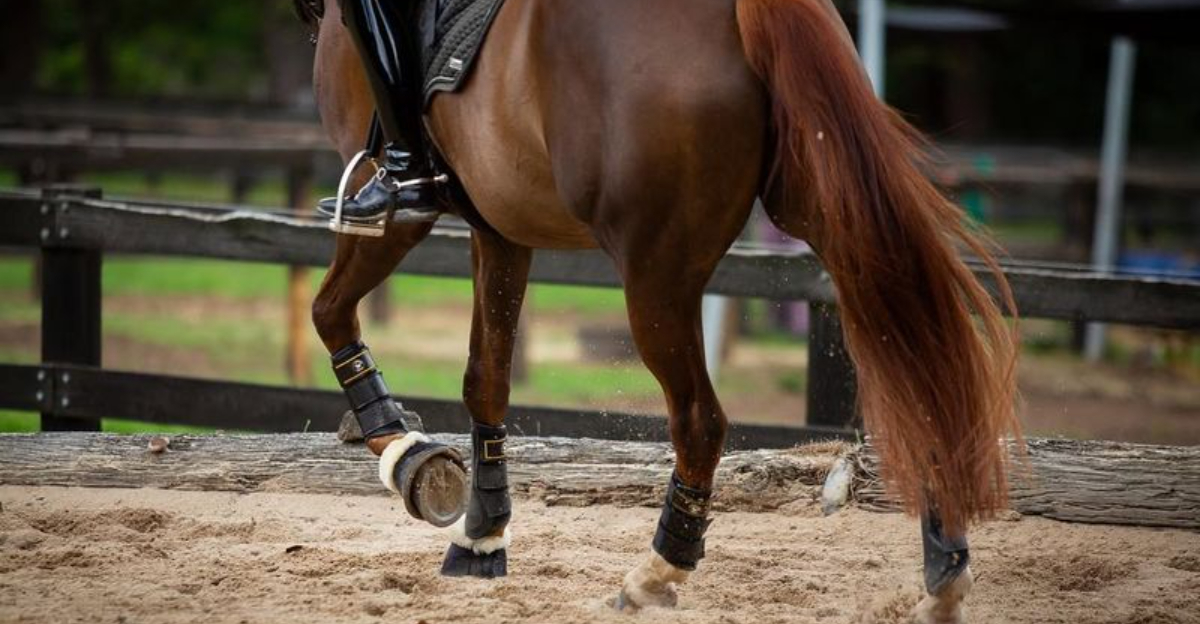
Identifying whether a horse is left-hoofed or right-hoofed can provide valuable insights into their natural tendencies and behaviors. Like humans with their dominant hands, horses may also favor one side over the other.
This can impact their performance, training, and even their overall well-being. Here are some ways to determine your horse’s hoof preference, helping you better understand and care for your equine companion.
1. Observation During Grazing
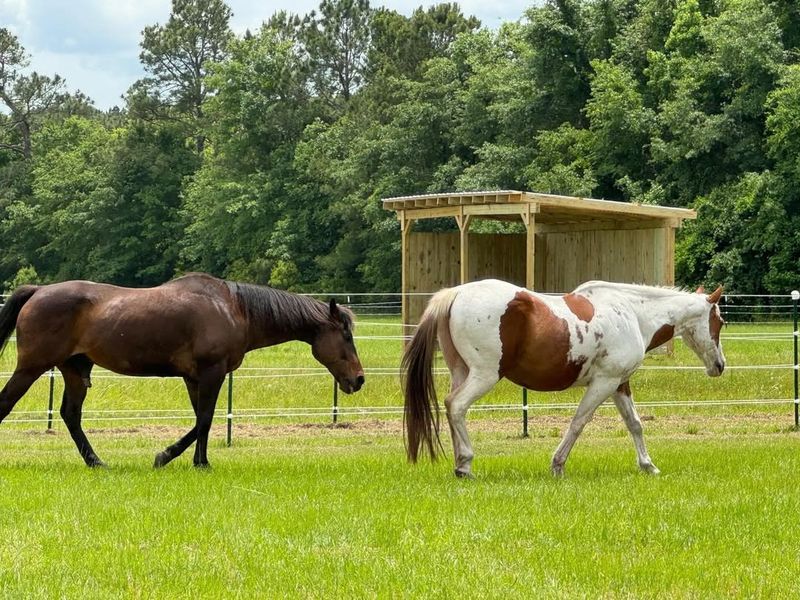
When observing a horse grazing, pay close attention to which hoof they use to step forward first. Horses that prefer their left hoof may lead with it more frequently when moving to fresh grass. This behavior can be subtle, so consistent observation is key.
Noticing a pattern in the way your horse moves can reveal their hoof preference. This simple observation can be done during daily routines, providing invaluable insights.
2. Leading During Training
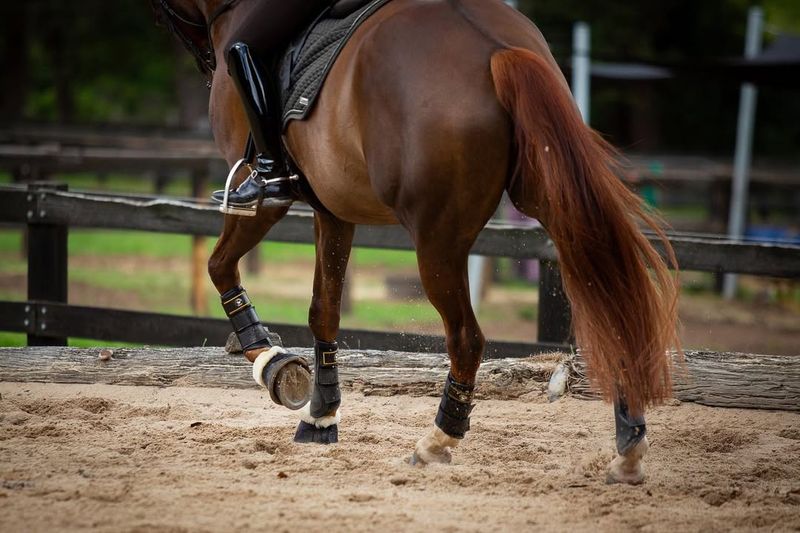
During training sessions, observe which hoof the horse tends to move first when being led. Horses with a dominant left hoof may step with it initially when prompted forward. This preference can influence their responsiveness to commands.
By keeping an eye on this, you can tailor your training techniques to better suit your horse’s natural tendencies. This observation not only aids in training but also in building a stronger bond.
3. Gallop Patterns
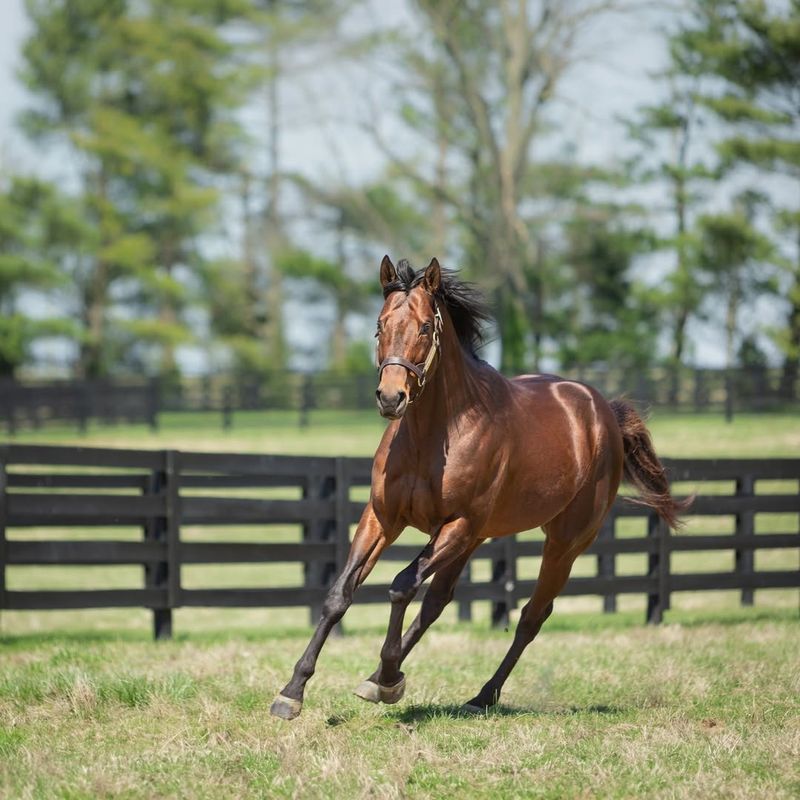
As horses gallop, they often display a preference for one hoof over the other. Watch closely to see which hoof hits the ground first in their stride pattern. Those with a right hoof preference might lead with it when galloping.
Understanding this can be especially useful for competitive riders, as it impacts performance. Knowledge of these galloping patterns helps in selecting the best strategies for races or shows.
4. Circling In A Round Pen
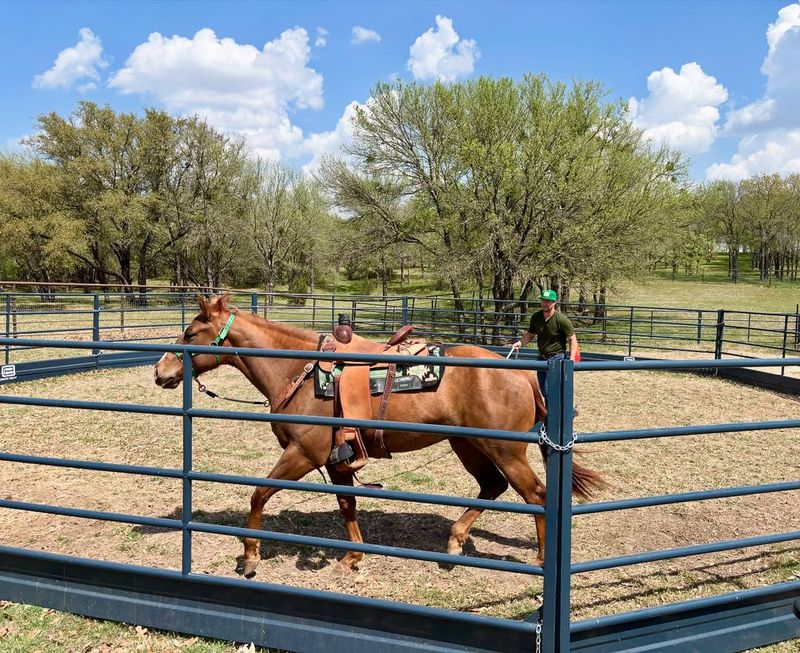
When a horse circles in a round pen, observe the direction they naturally prefer and which hoof leads. Horses often exhibit a preference by the direction they find more comfortable.
This can indicate their dominant hoof, as they might lead with it while circling. Such an understanding assists in planning more balanced exercises.
Knowing their preferred direction and hoof can prevent overworking one side and help in maintaining balanced musculoskeletal health. Regularly switching directions during exercise can support even development.
5. Jumping Style
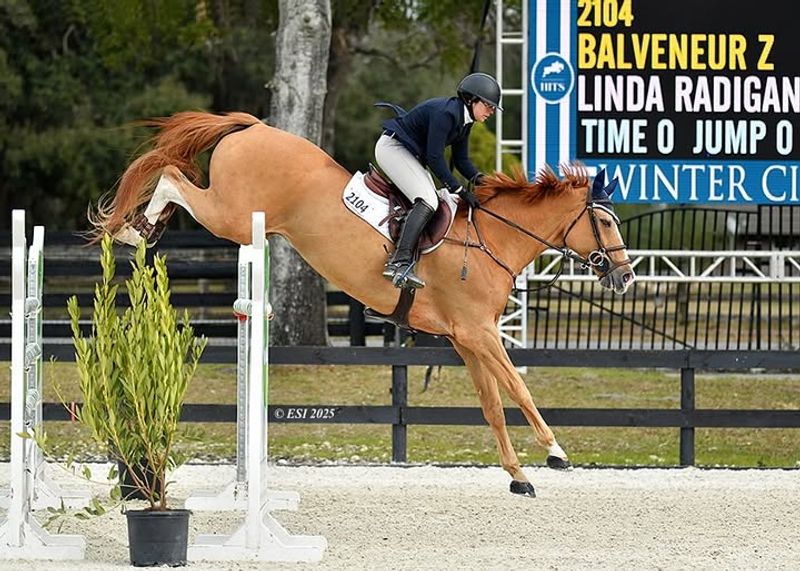
Horses exhibit hoof preference in their jumping technique. Observe which hoof lands first after clearing an obstacle. If a horse tends to favor the left hoof, it may land on it more frequently.
This preference can influence their jumping style and balance. Being aware of this can help in adjusting training sessions to improve their performance and ensure safety during jumps.
Communicating these findings with a trainer can lead to tailored approaches that enhance the horse’s natural abilities and comfort.
6. Hoof Wear Patterns
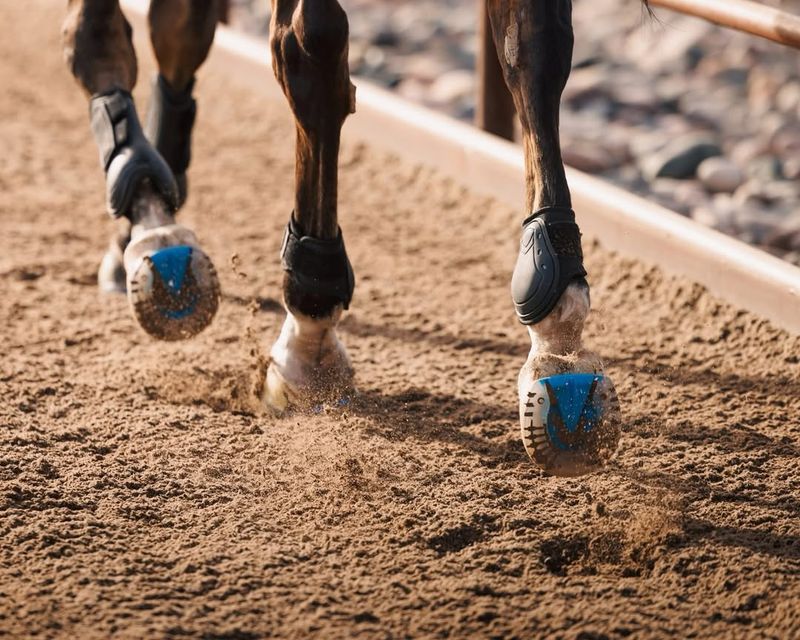
Inspecting the wear patterns on your horse’s hooves can reveal their hoof preference. A dominant hoof may show more wear due to being used more frequently. This can be a subtle yet telling indicator.
Consistently checking hoof health is crucial, and noticing different wear can guide proper care. Such insights help in taking preventative measures against uneven stress and potential injury.
Discussing these findings with a farrier ensures that corrective actions are taken, optimizing hoof health and performance.
7. Behavior During Lungeing
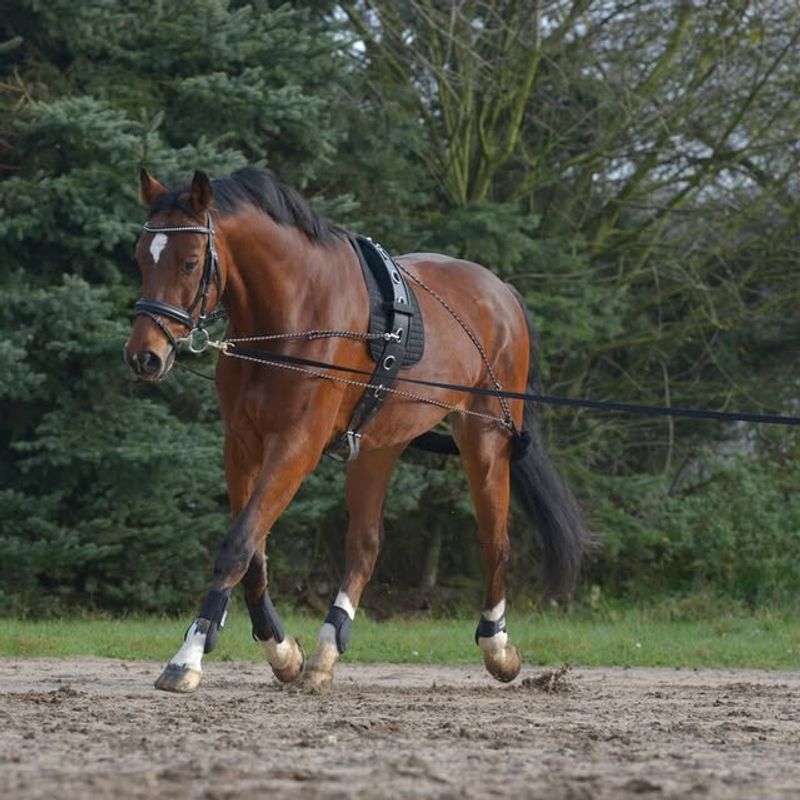
While lungeing, observe the hoof your horse naturally leads with. This exercise often reveals hoof preference, as they establish a rhythm. A horse favoring the right hoof might lead with it consistently.
Understanding this pattern aids in creating balanced routines and avoiding overuse injuries. It fosters a well-rounded exercise regimen.
Noticing these tendencies and integrating them into training plans supports the horse’s overall health and responsiveness to lungeing exercises.
8. Trail Riding Tendencies
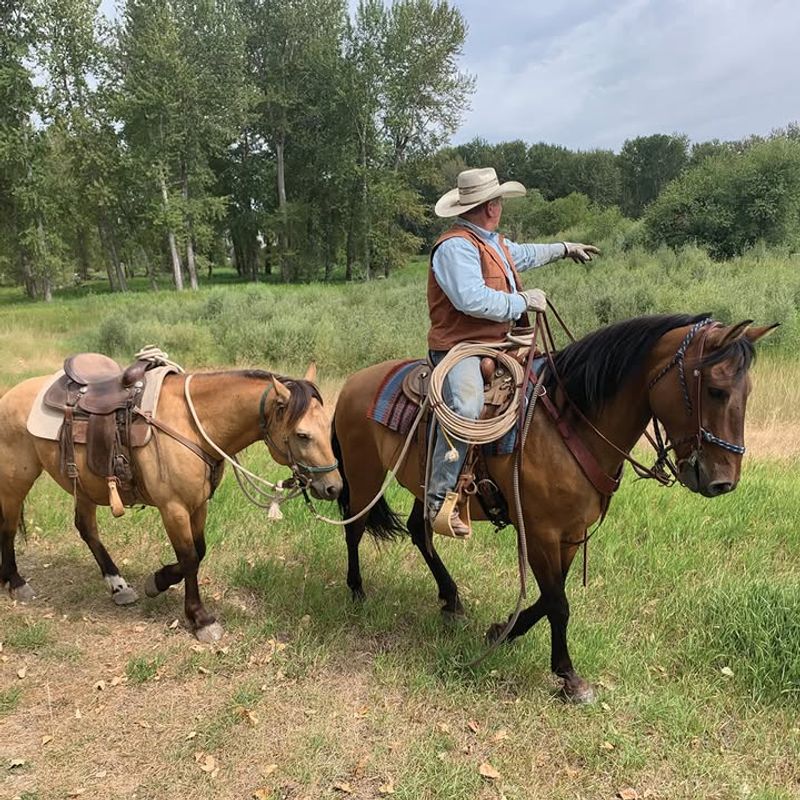
While trail riding, observe how your horse navigates uneven terrains. Pay attention to which hoof they rely on when stepping over obstacles or uneven ground.
A horse with a left-hoof preference might choose it for stability on challenging paths. Recognizing these tendencies during trail rides can improve your strategy for navigating difficult terrains.
Being aware of such preferences ensures that you can support your horse in maintaining balance and confidence during rides, enhancing the experience for both horse and rider.


